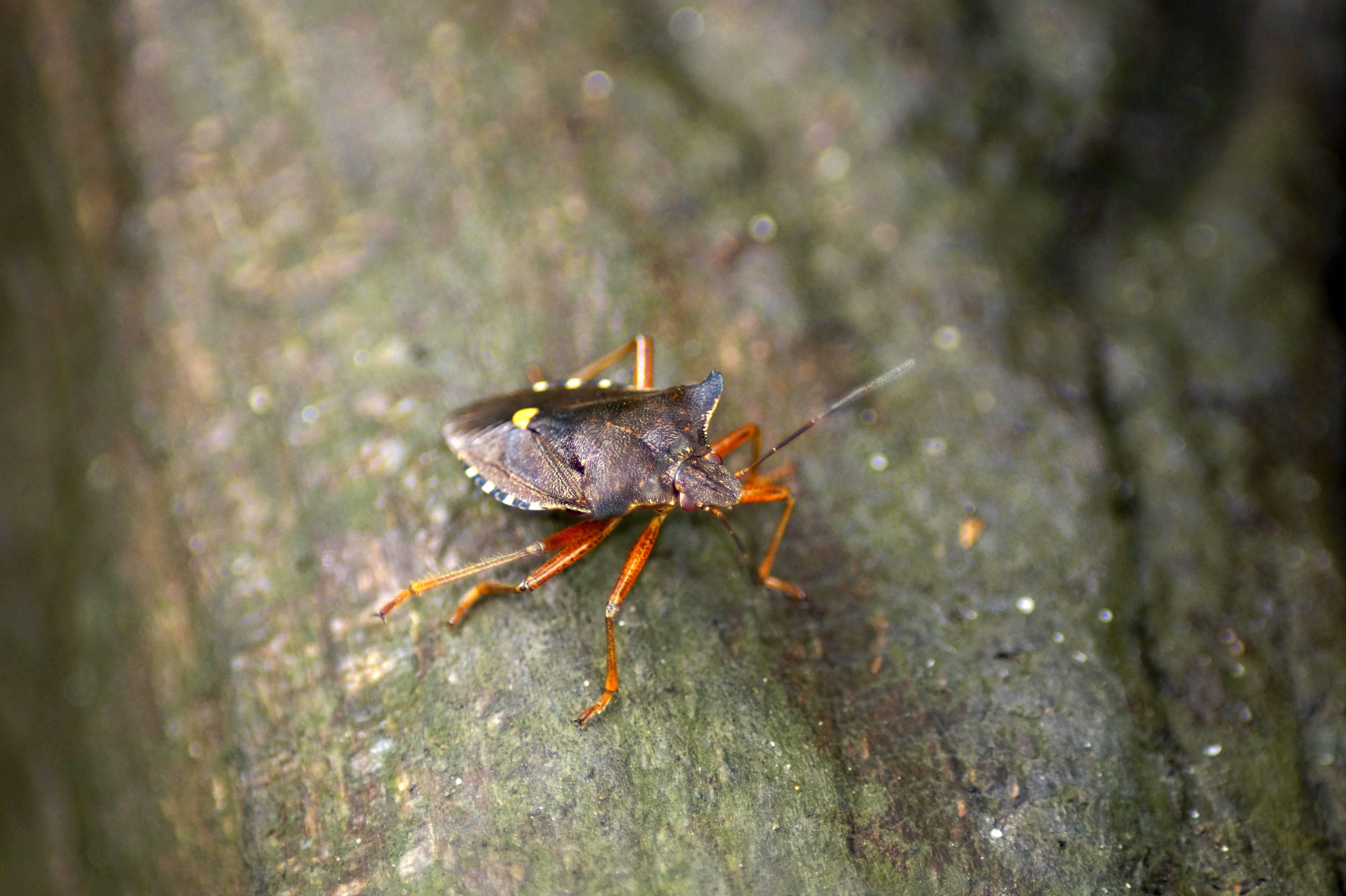Insects are a key part of the earth’s life support system, making reports of steep declines a great concern. Our study, one of the largest assessments of insect biodiversity to date, identifies climate change and intensive agriculture as key drivers of declines. We show that declines are most profound when these drivers are combined, but that preserving natural habitat can protect against loss.
Insects are critical for the functioning of life on earth. They support the provisioning of a wide variety of ecosystem services including pollination, pest control and decomposition. Therefore, the growing number of peer-reviewed studies publishing reports of steep insect declines should be of pressing concern. Despite this, relatively little research has addressed the causes of insect biodiversity decline at the global scale.
Land use and climate change are well known as key drivers of biodiversity loss, but recent evidence suggests that these two drivers may act synergistically, leading to an even greater response than each driver in isolation. For example, agricultural intensification may reduce the amount of shade in a landscape, by removing cover crops, hedgerows, or trees from the landscape. This limits the ability of insects to use thermoregulatory behaviour to find this shade at the hottest parts of the year and may lead to their extirpation from the landscape.
We wanted to better understand the relationships between insect biodiversity, land use and climate change. To do this we used a large global database of biodiversity (PREDICTS) that collates the results of hundreds of individual land use and biodiversity studies. From this database we extracted information on insect biodiversity covering 13 out 14 of the world’s major biomes, representing 6000 sites, nearly 20,000 insect species and approximately three-quarters of a million individual samples. While these 20,000 species represent only a small fraction of total insect biodiversity, it is the biggest sample to date, covering ~2% of known insect species. From these data we constructed statistical models looking for differences in insect abundance (the total number of insects) and richness (the diversity of insect species) between natural vegetation and agriculture at varying levels of intensification and climate change.
Our study took a novel approach to measuring climate change, standardising recent warming to historical variation in temperatures. This allowed us to identify sites where recent warming has exceeded variability in temperatures (specifically in the months of the year where insects are most active) and where insects are being exposed to novel temperatures. At present, our analysis suggests that these novel temperatures are primarily concentrated in the tropics, but by 2070, in a business-as-usual scenario (RCP 8.5), where greenhouse gas emissions continue at current rates, most of the world will be exposing insects to novel temperatures.
We compared high-intensity farmland sites (typically characterized by high chemical inputs, high livestock density, significant mechanisation and/or low crop diversity) where high levels of warming have occurred with (related) areas of natural habitat that are little-affected by climate change. On average, the farmland sites possessed only half the number of insects, and more than 25% fewer insect species. Low-intensity farmland sites also tended to have fewer insects and less diversity than natural habitat, but the differences were smaller.
Research also shows that local biodiversity is influenced by landscape-scale processes such as the availability and proximity of nearby natural habitat. Indeed, recent research suggests that the presence of natural habitat may reduce the risk of extinctions from climate change. We found that farmland in climate-stressed areas where most nearby natural habitat had been cleared had lost 63% of its total insect abundance and 61% of its species, on average, compared with as little as 7% and 5% for farmland where the nearby natural habitat had been largely preserved in the landscape.
However, this finding only applied in low-intensity agricultural systems. In high-intensity agriculture, we did not observe a buffering effect of natural habitat against the negative effects of climate change. In the high-intensity farmland sites, we observed large reductions in insect abundance and richness regardless of the level of surrounding natural habitat.
Our findings have important management implications for agriculture, pointing to the benefits of following an agroecological approach and actions that could increase the resilience of insect biodiversity to climate change. These actions include reducing chemical inputs (pesticides/fertilisers), avoiding intensive agriculture, increasing crop diversity, and preserving/restoring natural habitat in farming landscapes.
More broadly, our research suggests that the joint impacts of land use and climate change are more than the sum of their parts. We also caution that our results may underestimate the true extent of declines. As most of the data from the studies within our database were collected around 2005, the reference level of natural habitat may still be substantially degraded compared with a ‘true’ natural state. Nonetheless one small, good news story does emerge, the suggestion that natural habitat can provide a buffer against the effects of climate change provides an opportunity for preserving biodiversity in a warming world.
Original Article:
Outhwaite, C. L., McCann, P., & Newbold, T. (2022). Agriculture and climate change are reshaping insect biodiversity worldwide. Nature, 605(7908), 97–102. https://doi.org/10.1038/s41586-022-04644-x
 Earth & Space
Earth & Space



